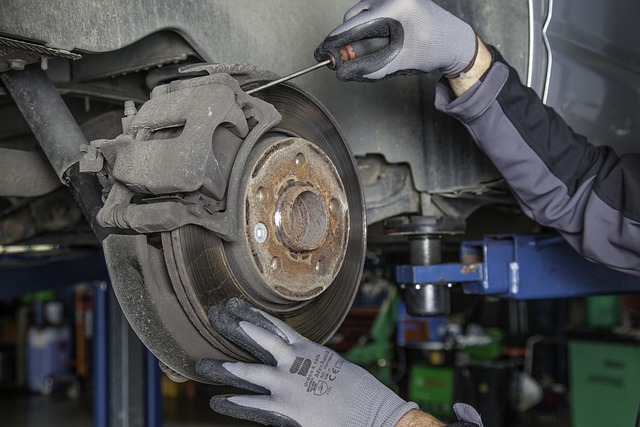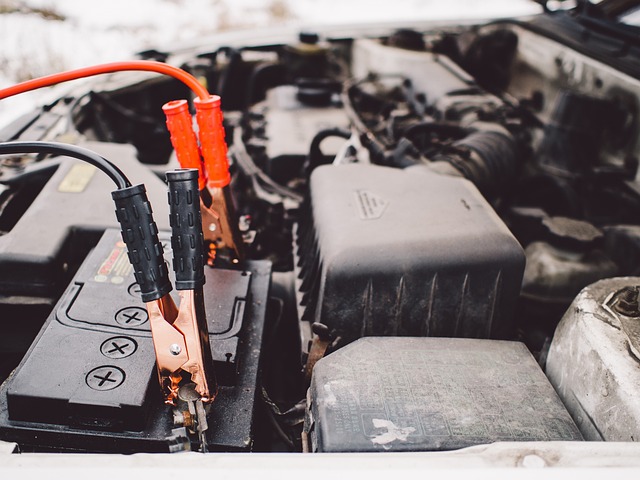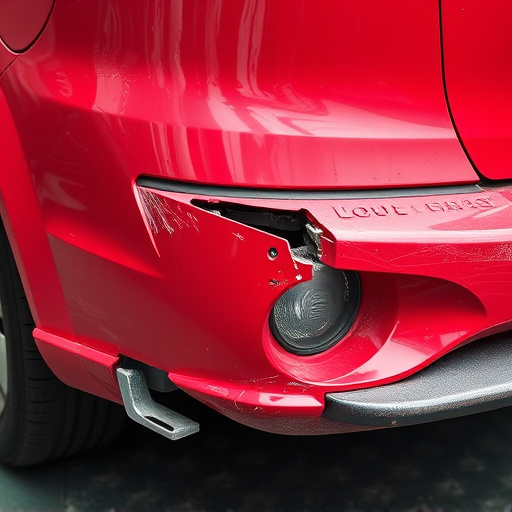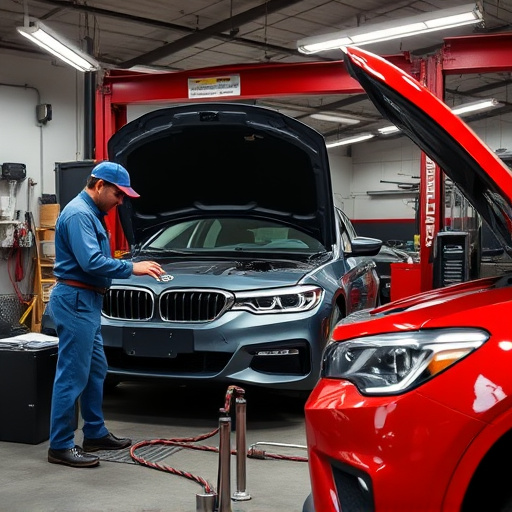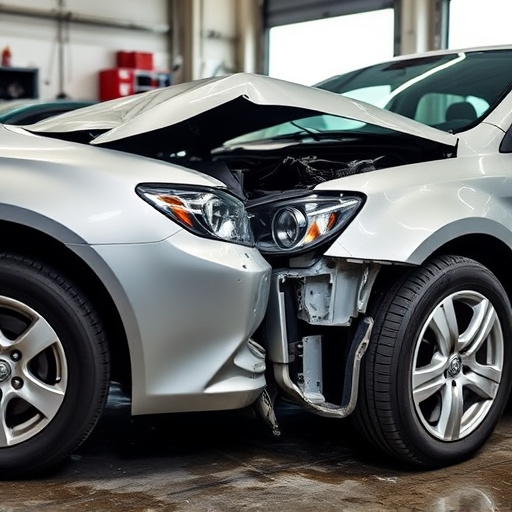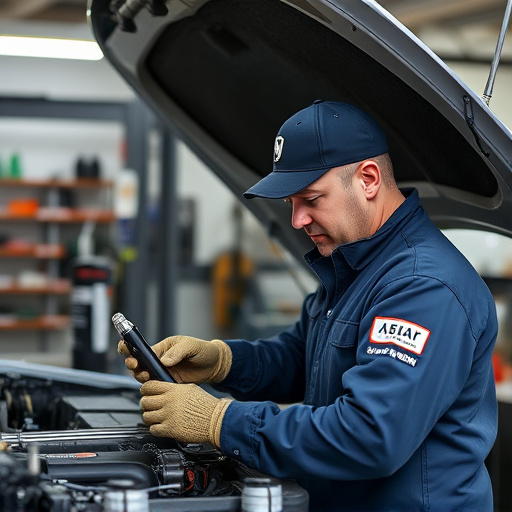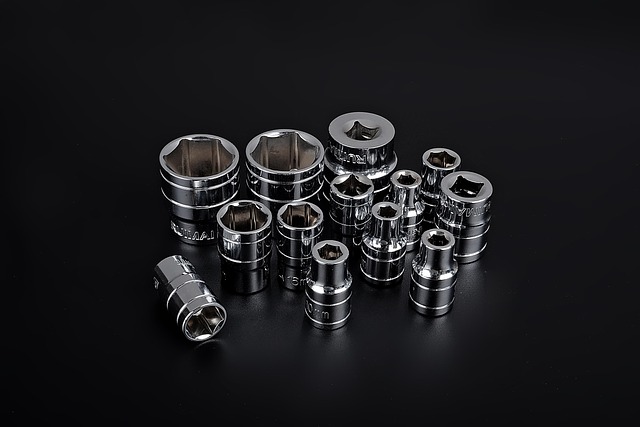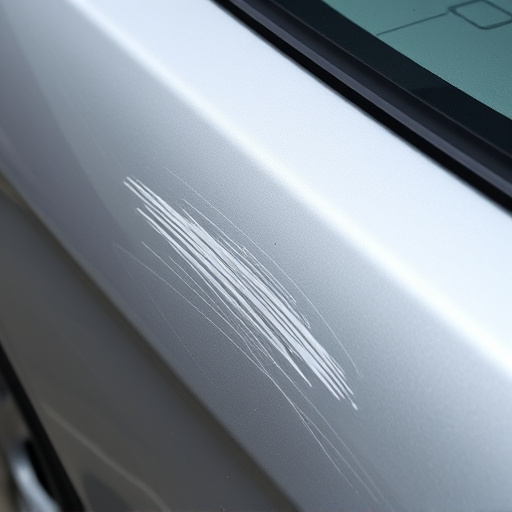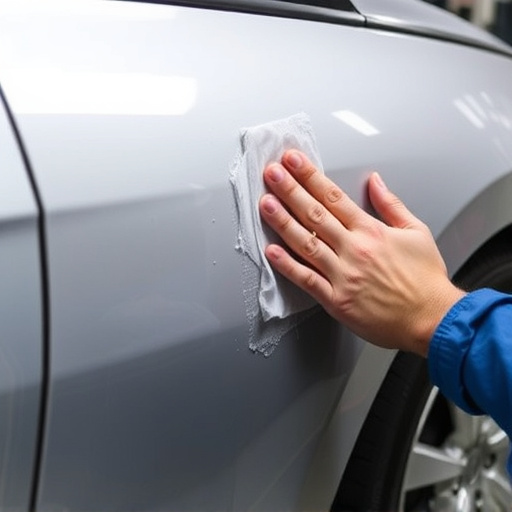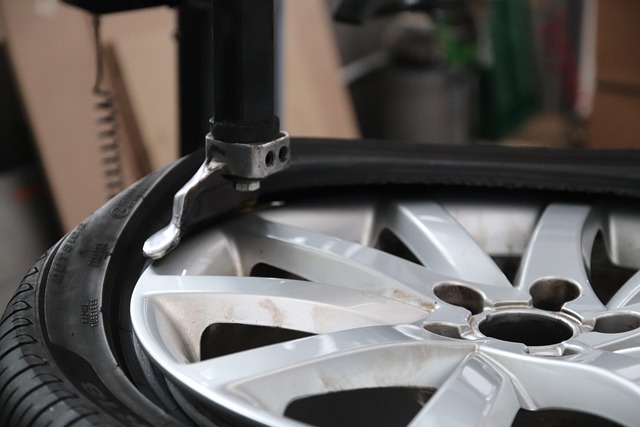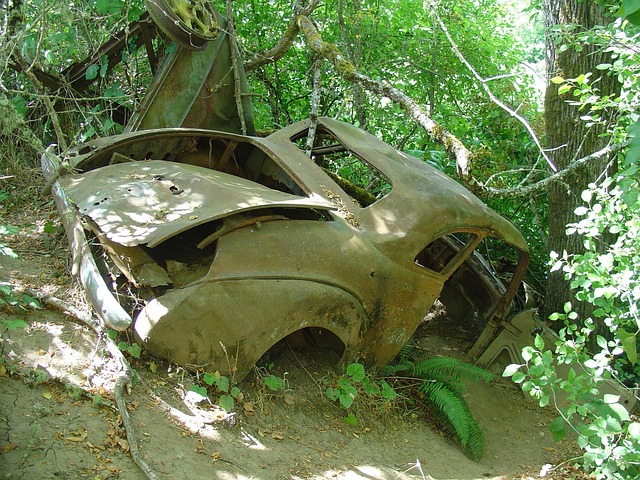Collision repair estimates are influenced by damage complexity, vehicle specifics (make, model), and location. Severe crashes require extensive work, increasing costs, while basic repairs are less expensive. Auto collision centers assess damage types and severity for accurate, transparent estimates, fostering trust through ethical practices.
Collision repair estimates can vary greatly, influenced by several key factors. In this article, we’ll break down the complexities behind these estimates, focusing on vehicle make and model, as well as the extent of damage sustained. Understanding these components is crucial for navigating the process effectively. By delving into these aspects, you’ll gain valuable insights that help you manage costs and ensure quality repairs.
- Understanding Collision Repair Costs: Factors at Play
- Vehicle Make and Model: The Financial Impact
- Extent of Damage: How It Influences Estimates
Understanding Collision Repair Costs: Factors at Play
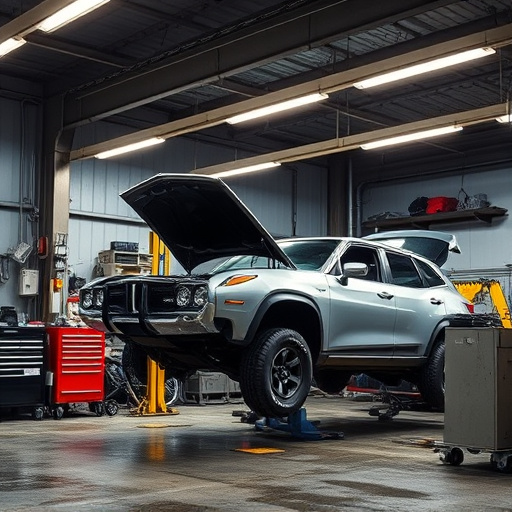
Understanding Collision Repair Costs: Factors at Play
Collision repair estimates can vary widely, and it’s crucial to grasp the multifaceted factors that influence them. When a vehicle suffers damage, whether from an accident, weather events like hail damage, or other incidents, several considerations come into play. The complexity of the repairs, extent of the damage, make and model of the vehicle, and even the geographic location can significantly affect the final cost.
For instance, while basic auto body repairs might be relatively straightforward and less expensive, extensive hail damage repair could involve replacing numerous components or panels, leading to higher estimates. Additionally, specialized equipment and techniques may be required for certain types of collision repairs, driving up costs. Knowing these variables empowers vehicle owners to get accurate, detailed estimates and make informed decisions when selecting a collision repair shop.
Vehicle Make and Model: The Financial Impact
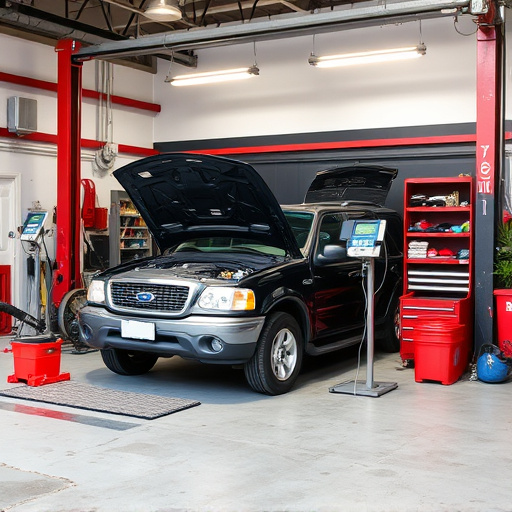
When it comes to collision repair estimates, the vehicle make and model play a significant role. Different car brands and models have varying levels of complexity in their construction, which directly impacts the cost of repairs. Luxury or high-end vehicles often contain more advanced materials and intricate design elements, making fender repair or auto repair services more expensive than those for standard or mass-produced cars. The same principle applies to specialized or rare vehicle models—their unique features may require specific replacement parts, skilled labor, and specialized tools, driving up collision repair estimates.
Additionally, the availability of genuine manufacturer parts and the skill level needed to perform the repairs influence costs. Some fleet repair services may offer cost savings through bulk purchasing and standardized procedures, but for personal vehicles or those with intricate custom features, the financial impact can be substantial. Thus, understanding these factors is crucial when estimating collision repair expenses.
Extent of Damage: How It Influences Estimates
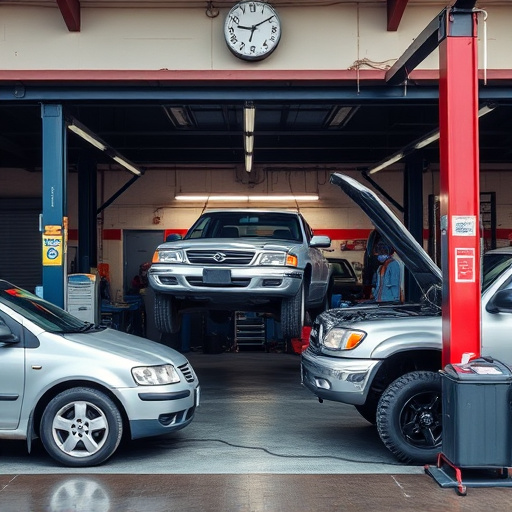
The extent of damage is a primary factor that significantly influences collision repair estimates. When an automobile suffers a collision, the impact can cause a wide range of issues, from dents and scratches to more complex structural problems. Each type and severity of damage require different levels of expertise and resources to fix, directly impacting the overall cost. For instance, a minor fender bender might only involve straightforward panel replacement, while a severe crash could necessitate extensive frame straightening and multiple part substitutions.
Evaluating the damage is crucial for auto collision centers providing accurate auto repair services. They meticulously assess each vehicle to determine the scope of work required, ensuring that all necessary repairs are accounted for in the estimate. This meticulousness is vital as it prevents underestimating or overestimating costs, leading to either customer dissatisfaction or unexpected bills. Accurate estimates built upon a thorough understanding of damage extent foster trust between customers and auto repair centers, promoting transparent collision repair practices.
Collision repair estimates are influenced by a complex interplay of vehicle make and model, the extent of damage sustained, and an understanding of basic repair costs. By recognizing these key factors, both vehicle owners and collision centers can ensure accurate assessments and efficient repairs. This transparent approach not only saves time but also money, fostering a positive relationship between all parties involved in the collision repair process.
